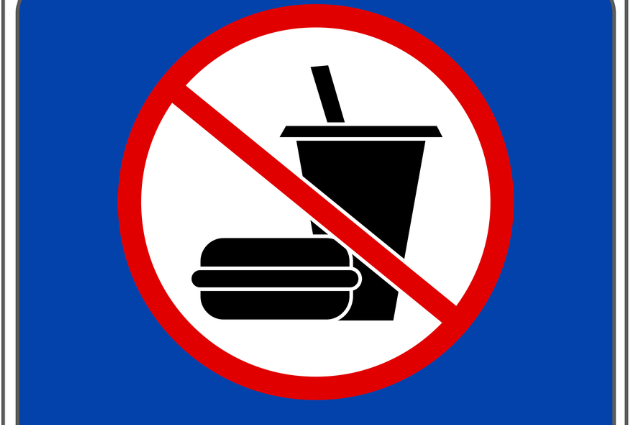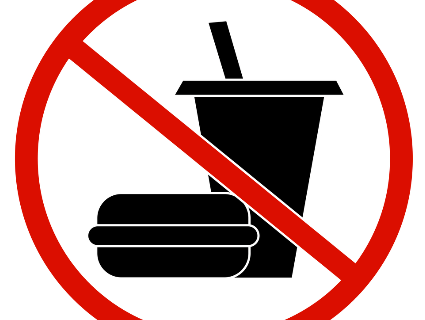
<a href="http://www.shutterstock.com/cat.mhtml?lang=en&search_source=search_form&search_tracking_id=hRPwdG_A3Dc_ENlocx896w&version=llv1&anyorall=all&safesearch=1&searchterm=no+food+sign&search_group=&orient=&search_cat=&searchtermx=&photographer_name=&people_gender=&people_age=&people_ethnicity=&people_number=&commercial_ok=&color=&show_color_wheel=1#id=108873599&src=3awXALcAsGMrzAkp_a4fgg-1-9">DeiMosz </a>/Shutterstock
On Thursday, the House finally passed the farm bill, which provides funding for agriculture and nutrition programs—but only after Republicans stripped out all provisions concerning the $80 billion-a-year food stamp program.
The massive, five-year farm bill failed to pass the House in late June because conservative Republicans thought that the bill’s envisioned cuts to the food stamp program ($21 billion over 10 years) wasn’t enough, and Democrats thought it was far too much. The GOP devised a plan to pick up more votes by dividing the legislation, aiming to give the farm provisions a better chance of passage by splitting them from the controversial food stamp provisions. Meanwhile, GOP leaders hoped to garner more conservative votes for the nutrition bill by turning it into a vehicle to make further cuts to food stamps.
So far, their plan is working. The farm bill sans food stamps passed on a party-line vote of 216 to 208, with only 12 Republicans voting against. (Next, Republicans will draft up a separate food stamp bill.)
The President of New York City’s Food Bank, Margarette Purvis, slammed the split bill as an attack on the needy, saying it would leave “the fates of 47 million Americans in limbo. This is a sad statement of the priorities of the leadership of this House of Representatives,” she continued. “We need Congress to pass a farm bill that reduces hunger, not one that puts billions of meals at risk for the most vulnerable among us—especially when need remains so high.”
Rep. Rosa DeLauro (D-Conn.) echoed this Thursday. “A vote for this bill is a vote to end nutrition in America,” she said.















